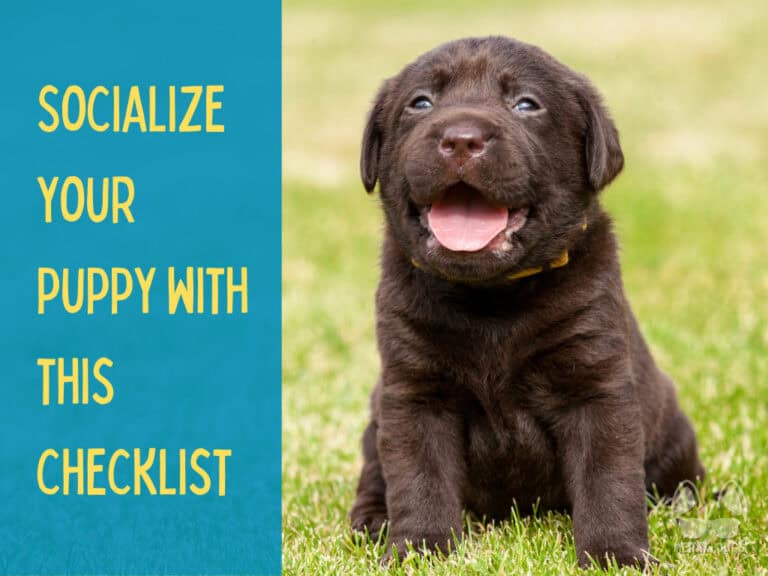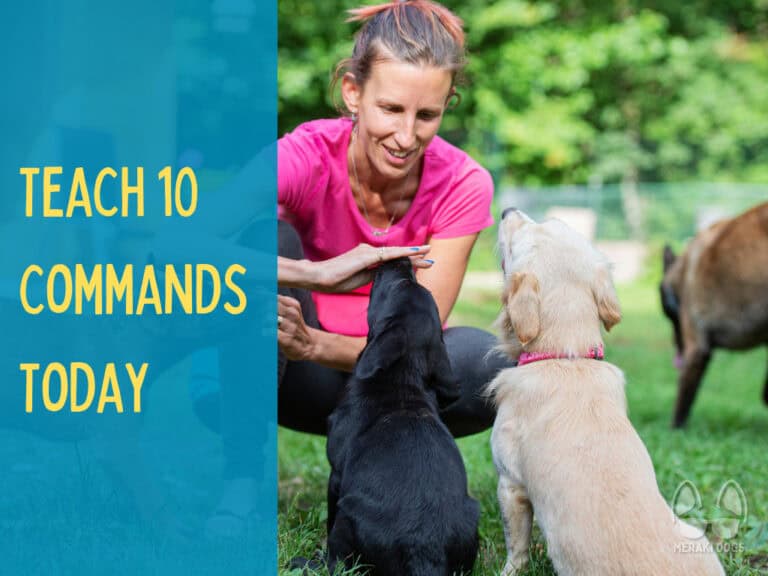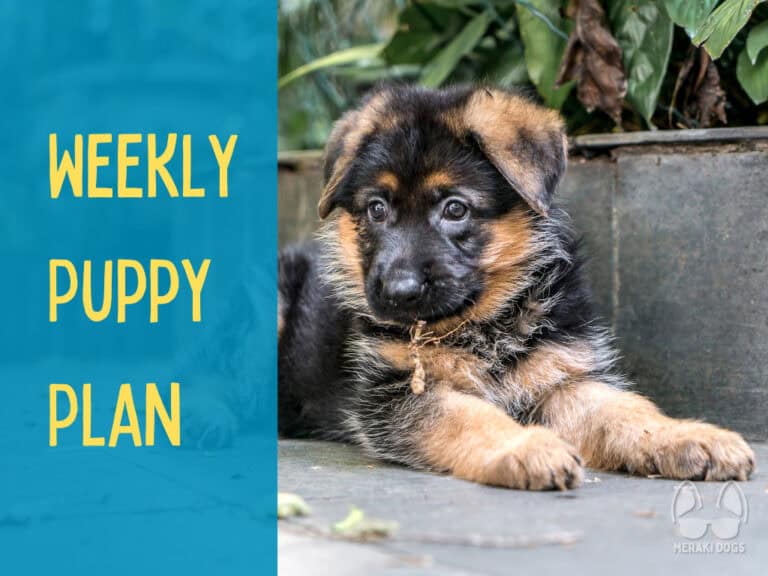Puppy Pad vs Outside Training: Which Method Is Best?
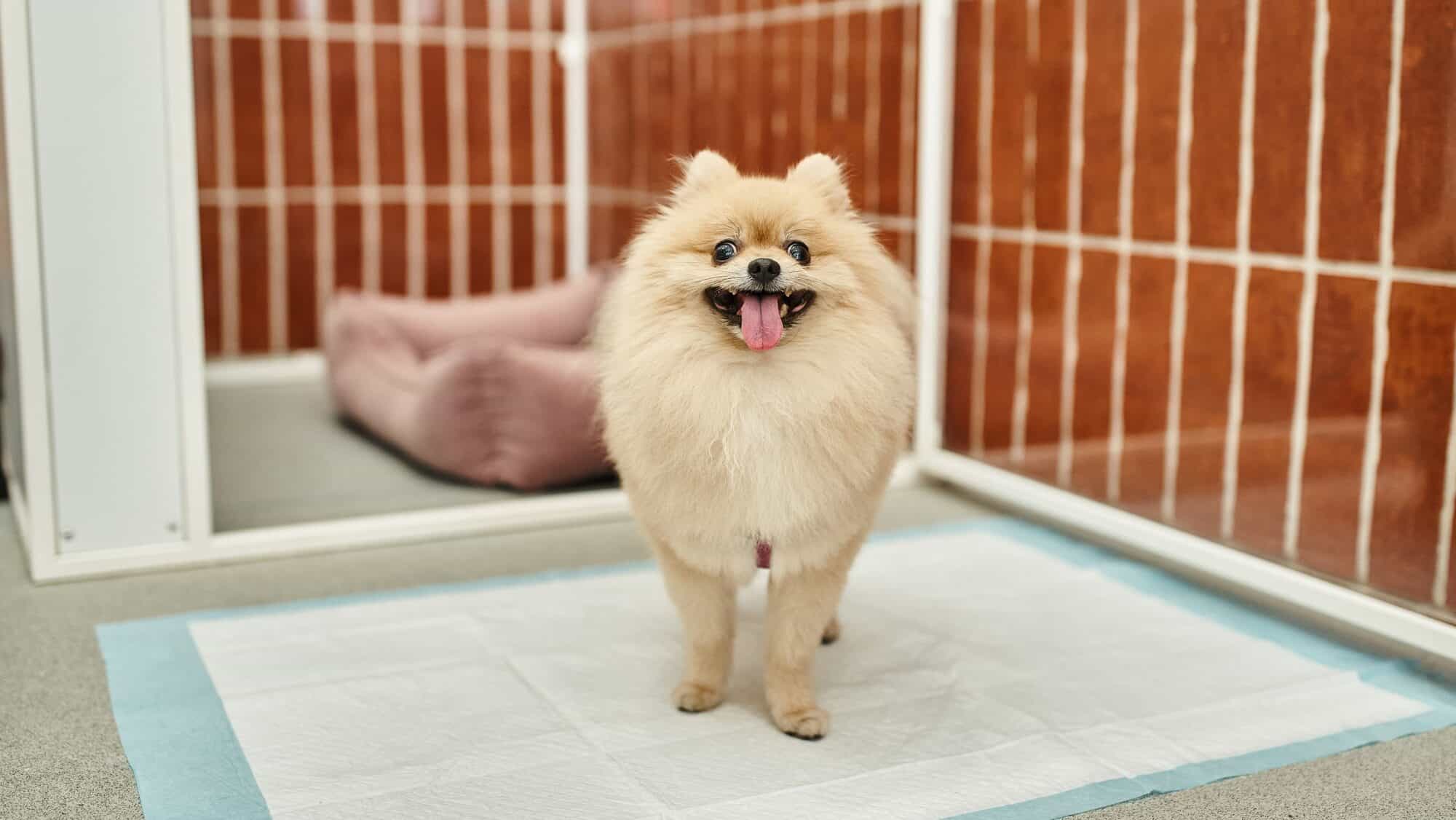
Meraki Dogs may earn a small commission when you buy through links on this site at no cost to you. See our disclaimer here.
When potty training your puppy, one of the first decisions you’ll face is whether to use puppy pads or focus on outdoor training. Puppy pads offer convenience, but they can confuse dogs about where to relieve themselves long-term. On the other hand, outdoor training teaches your dog clear boundaries but demands more time, consistency, and patience.
So how do you decide between puppy pad vs outside training? Let’s explore the pros and cons of each method, plus practical tips to help you choose the best fit for your pup.
Key Takeaways
- Puppy pads are great for short-term convenience, apartment living, or extreme weather but require eventual weaning.
- Outdoor training builds better habits and reinforces clear rules, though it requires a time investment and consistent supervision.
- Your decision should depend on your lifestyle, living environment, and your puppy’s specific needs.
What Is Puppy Pad Training?
Puppy pad training involves using absorbent pads indoors to provide your puppy with a specific spot to go potty. This method is particularly popular among new dog owners because it’s simple, less stressful, and helps avoid frequent outdoor trips.
However, pee pad training is best viewed as a stepping stone rather than a permanent solution.
Why Use Puppy Pads?
- Convenience for apartment living: If you live in a high-rise apartment or lack outdoor access, puppy pads are a lifesaver. Imagine trekking down multiple flights of stairs at 2 a.m. in your pajamas—puppy pads eliminate that hassle.
- Extreme weather: Let’s be real—potty training in winter is not fun for you or your puppy. Freezing temperatures, heavy rain, or scorching heat can make outdoor trips unpleasant, so pads become a practical alternative.
- Early training: Very young puppies might not be fully vaccinated, making outdoor exposure risky. In these cases, pads provide a safer option while you wait for their vaccinations to be complete.
Pitfalls of Puppy Pads
While they’re convenient, puppy pads can create long-term issues:
- Confusion about indoor vs. outdoor potty spots: Puppies trained on pads may think it’s okay to go anywhere indoors, like carpets or rugs. This can lead to frustrating puppy house training mistakes later on.
- Dependency: If you rely on pads for too long, transitioning to outdoor training becomes harder.
- Cost and waste: Disposable pads aren’t cheap, and cleaning up after accidents still requires effort.
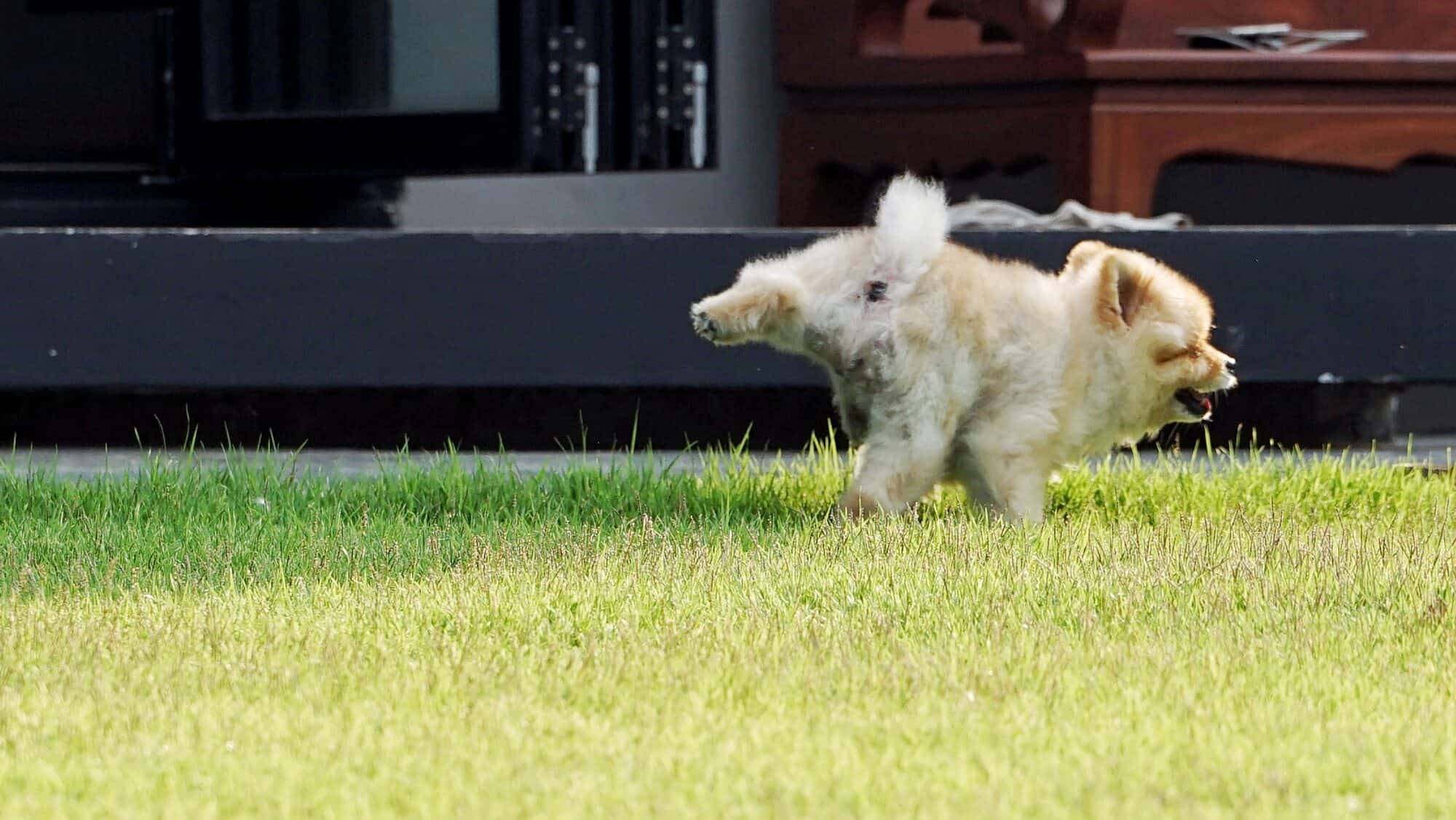
What Is Outdoor Training?
Outdoor training involves teaching your puppy to go potty outside exclusively, setting clear boundaries from the start. Puppies are naturally inclined to avoid soiling their living space, so this method aligns with their instincts. However, outdoor training isn’t without its challenges—it demands patience and consistency.
Benefits of Outdoor Training
- Clarity for your puppy: Outdoor training provides a simple rule: indoor spaces are for living, outdoor spaces are for pottying. This eliminates the mixed messages that come with pee pad training.
- Fewer messes indoors: With no pads lying around, your home stays cleaner. Plus, you won’t have to spend time or money on an enzymatic cleaner to remove lingering odors.
- Physical and mental stimulation: Regular trips outside aren’t just for potty breaks—they’re opportunities for exercise, fresh air, and bonding.
Challenges of Outdoor Training
- Time commitment: Puppies need to go out frequently, sometimes every 2–3 hours in the beginning. Sticking to a consistent crate training schedule is essential to prevent accidents.
- Weather woes: Training in rain, snow, or extreme heat can test anyone’s patience, especially when it involves a reluctant pup.
- Busy schedules: If you’re managing house training a puppy while working, outdoor training may require extra planning, such as hiring a dog walker or adjusting your workday.
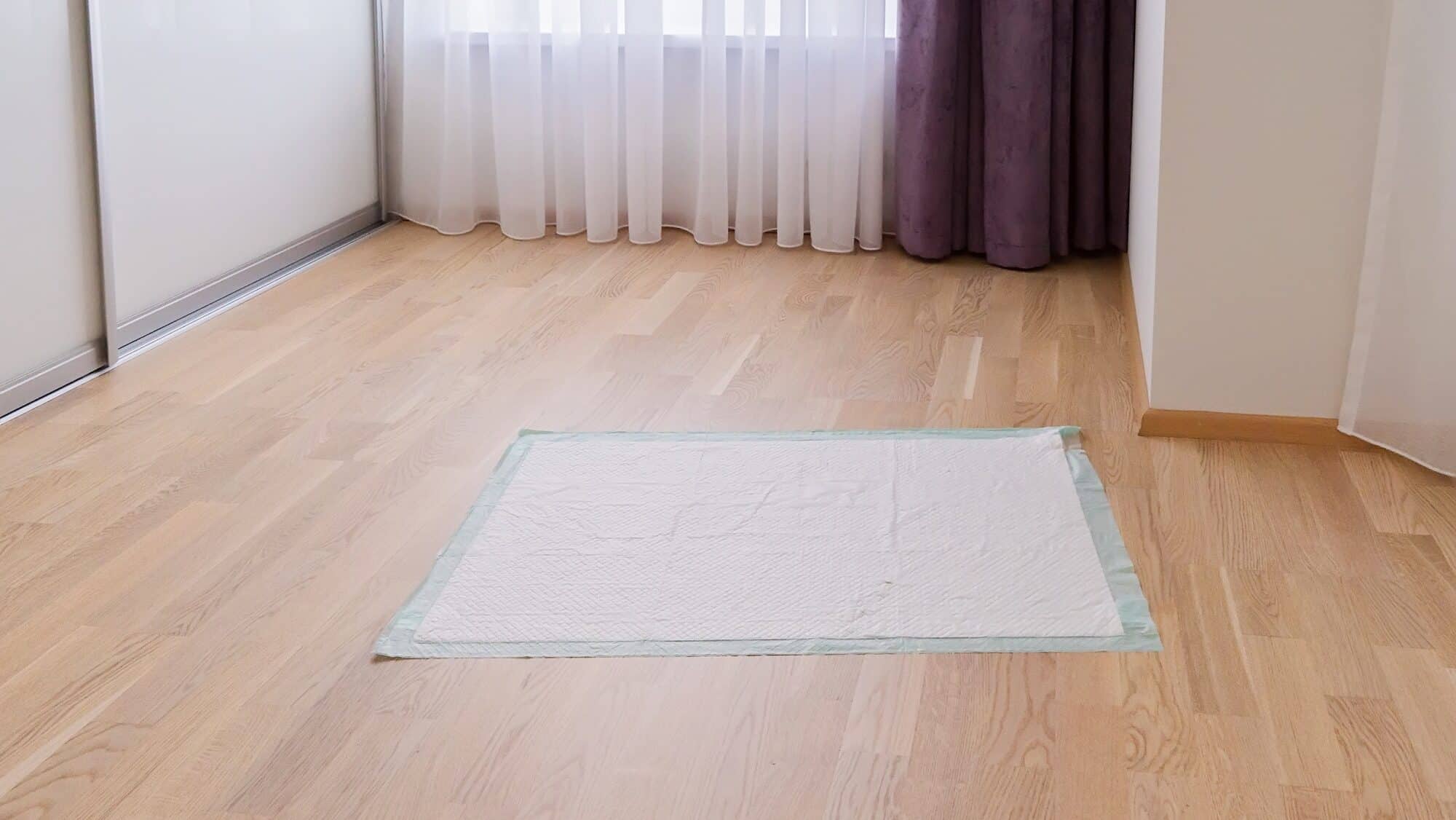
Pros and Cons of Puppy Pad Training
Pros:
- Convenience for busy owners: If you’re working from home or have limited outdoor access, pee pads are an easy way to manage accidents.
- Great for small spaces: Pads are especially helpful for apartment potty training, where outdoor trips may be impractical.
- Ideal for nighttime accidents: Puppies often need to go potty at night, and pads help avoid sleep disruptions.
Cons:
- Mixed signals: Puppies trained with pads may struggle to learn that indoor pottying is unacceptable.
- Transitioning can be tricky: Weaning your puppy off pads takes time, patience, and consistency.
- Not a long-term solution: Relying solely on pads isn’t sustainable and may create more work for you later.
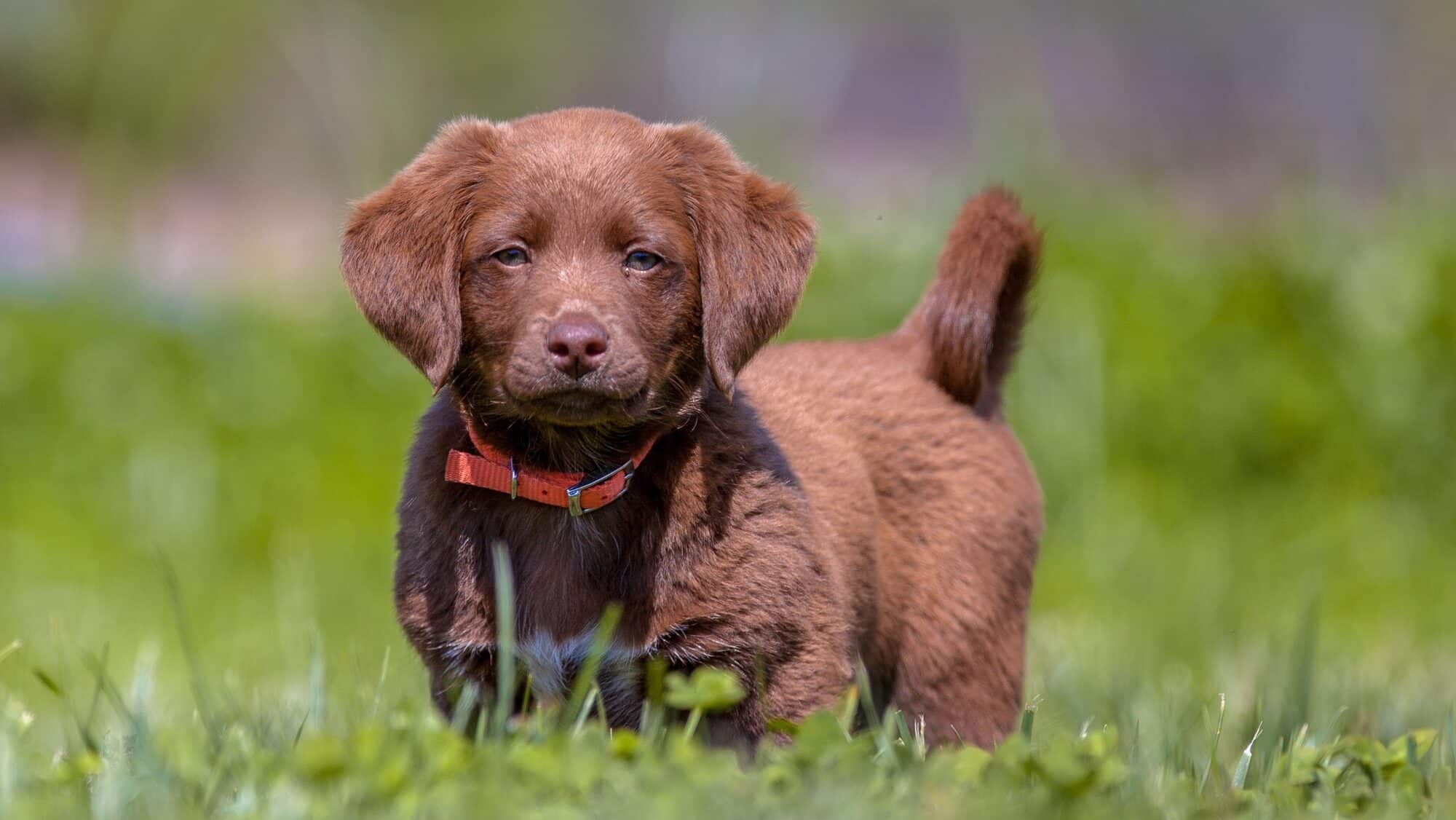
Pros and Cons of Outdoor Training
Pros:
- Clear rules for life: Outdoor training lays a solid foundation for long-term habits, making it easier to prevent accidents as your dog matures.
- Cleaner home: No pads, no mess, and no smell—what’s not to love? Plus, fewer chances to clean puppy accidents indoors.
- Builds trust and routine: Regular outdoor potty breaks reinforce a potty schedule and strengthen the bond between you and your puppy.
Cons:
- Requires supervision: You’ll need to watch your puppy closely, especially in the early days, to spot potty signs like circling or sniffing.
- Environmental challenges: Bad weather or limited access to outdoor spaces can make this method difficult. Consider using an indoor grass pad as a backup.
- Time-intensive: Outdoor training demands a consistent schedule, especially when your puppy is young and learning how often they need to go potty.

When Should You Use Puppy Pads?
Puppy pads work well in specific scenarios, even if you plan to transition to outdoor training later:
- Medical reasons: Sick puppies, injured dogs, or senior pets benefit from the convenience of pads.
- Limited outdoor access: Urban living or no fenced yard? Pads provide a viable solution.
- Extreme weather: Snowstorms, heavy rain, or heatwaves aren’t ideal for potty training. Pads can temporarily fill the gap.
Tips for Transitioning From Puppy Pads to Outdoor Training
If you’ve been using puppy pads on your potty training journey, transitioning to outdoor training doesn’t have to be overwhelming. Here’s how to make it smooth:
- Move the pad gradually: Place the pad closer to the door each day until it’s eventually outside.
- Praise outdoor successes: Reward your puppy every time they go potty outdoors with treats, praise, or playtime.
- Use training aids: Tools like potty training bells can teach your puppy to signal when they need to go outside.
Patience is essential during this transition. Rushing the process or skipping steps can lead to setbacks and confusion for your puppy.
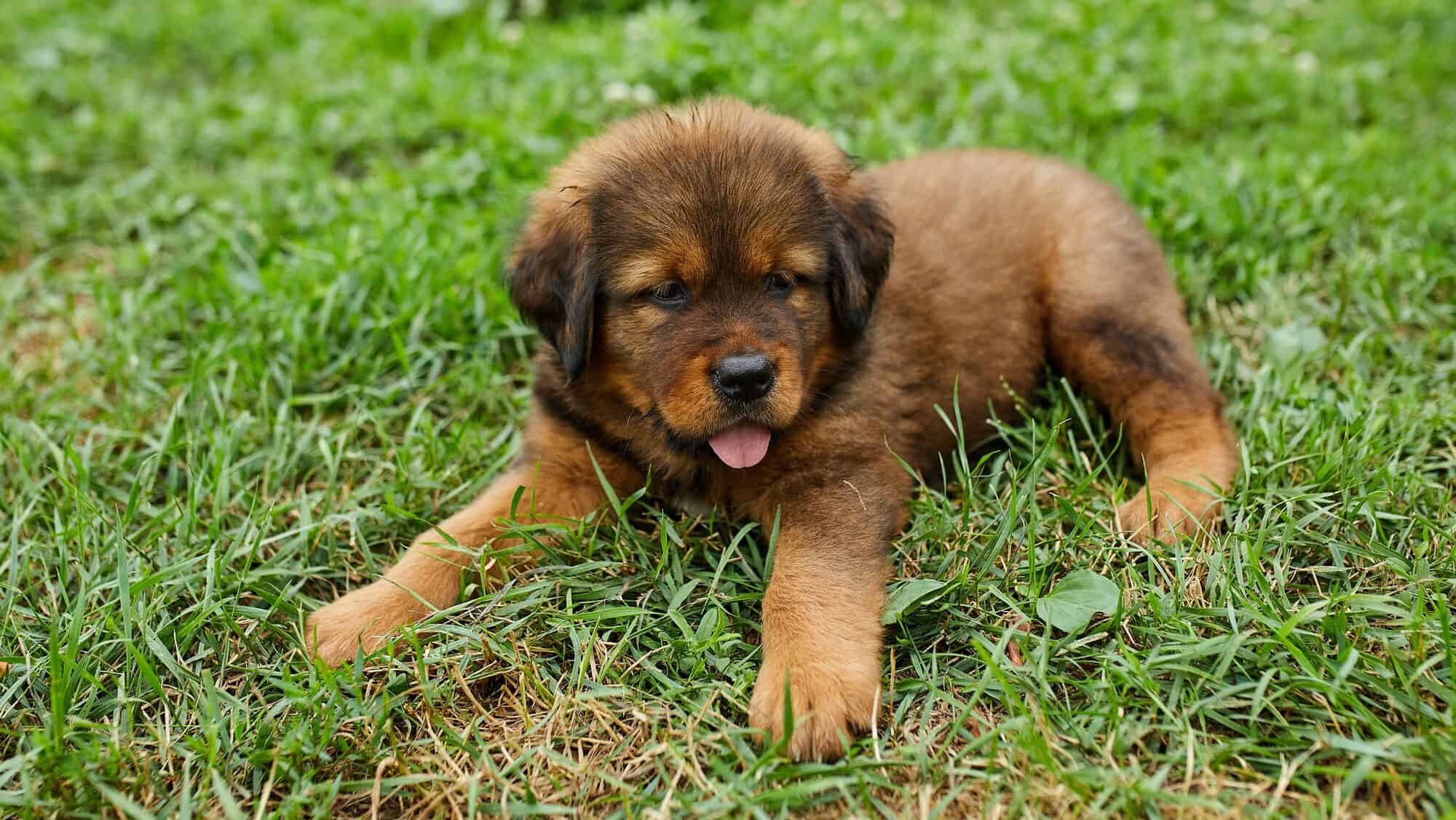
Choosing the Best Option for Your Puppy
The choice between puppy pad vs outside training ultimately depends on your unique situation:
- Your lifestyle: Do you work long hours? Are you open to hiring a dog walker during long work days? Do you have easy outdoor access? Answering these questions will guide your decision.
- Your puppy’s temperament: Confident, outgoing puppies may adapt quickly to outdoor training, while more timid pups might need the comfort of pads initially.
- A blended approach: Combining methods can be the best of both worlds—use pads as a backup while reinforcing outdoor habits.
Frequently Asked Questions
How often does a puppy need to go potty?
Young puppies typically need to go every 2–3 hours. Stick to a consistent crate training schedule and monitor for potty signs like circling or sniffing.
Can I use puppy pads and outdoor training at the same time?
Yes! A hybrid approach is helpful, especially during bad weather or in apartments. Just remember to transition gradually to avoid confusion.
How do I clean up puppy accidents?
Use an enzymatic cleaner to eliminate odors and prevent your puppy from returning to the same spot. Regular cleaners won’t break down the smell completely.
Conclusion
Both puppy pad training and outdoor training have their advantages, but the right choice depends on your puppy’s needs and your lifestyle. While outdoor training builds better long-term habits, puppy pads can be a lifesaver in specific situations.
No matter which method you choose, consistency and patience are essential. Ready to master puppy pad vs outside training? Subscribe to our newsletter for expert tips and step-by-step potty training guides!

